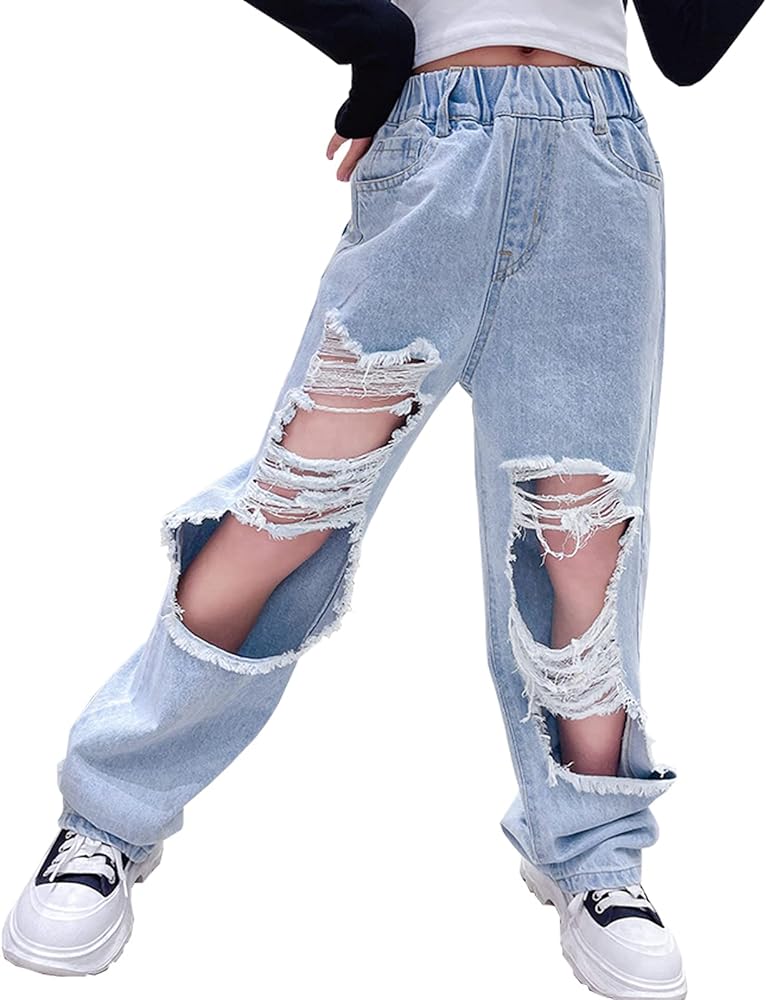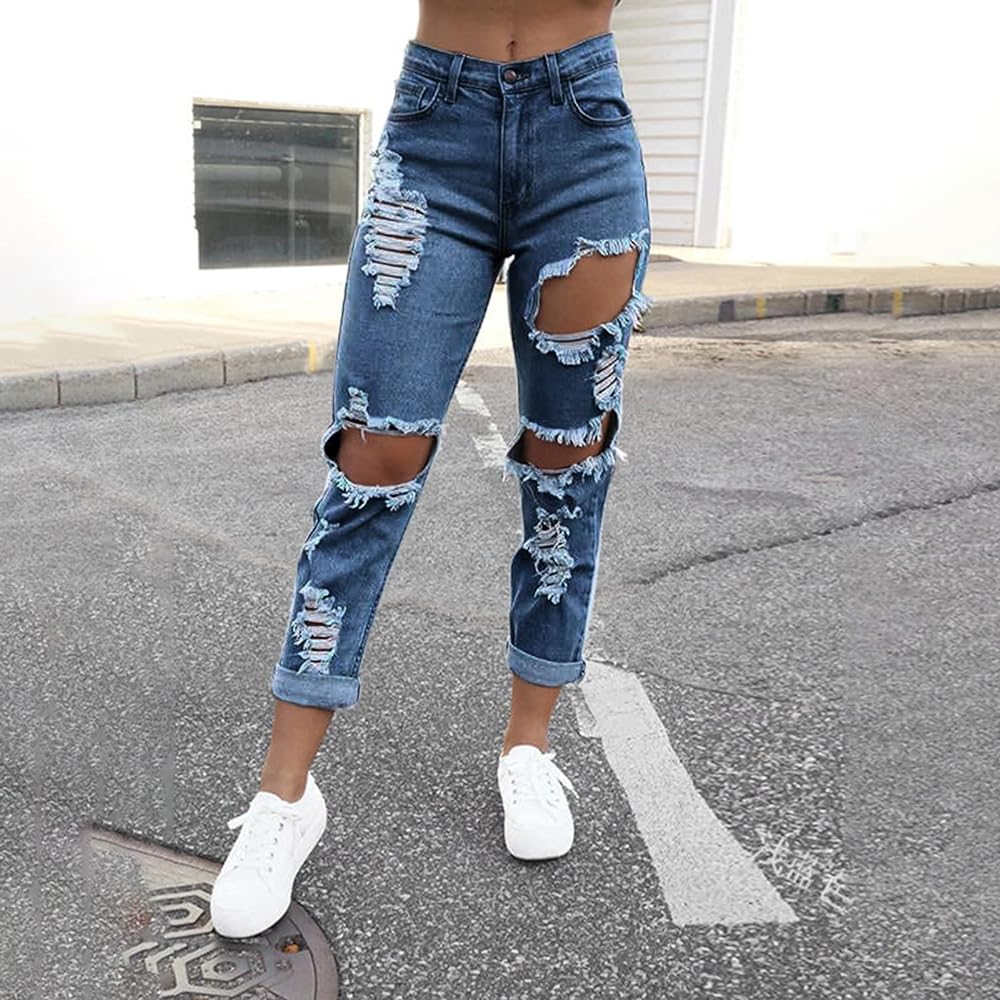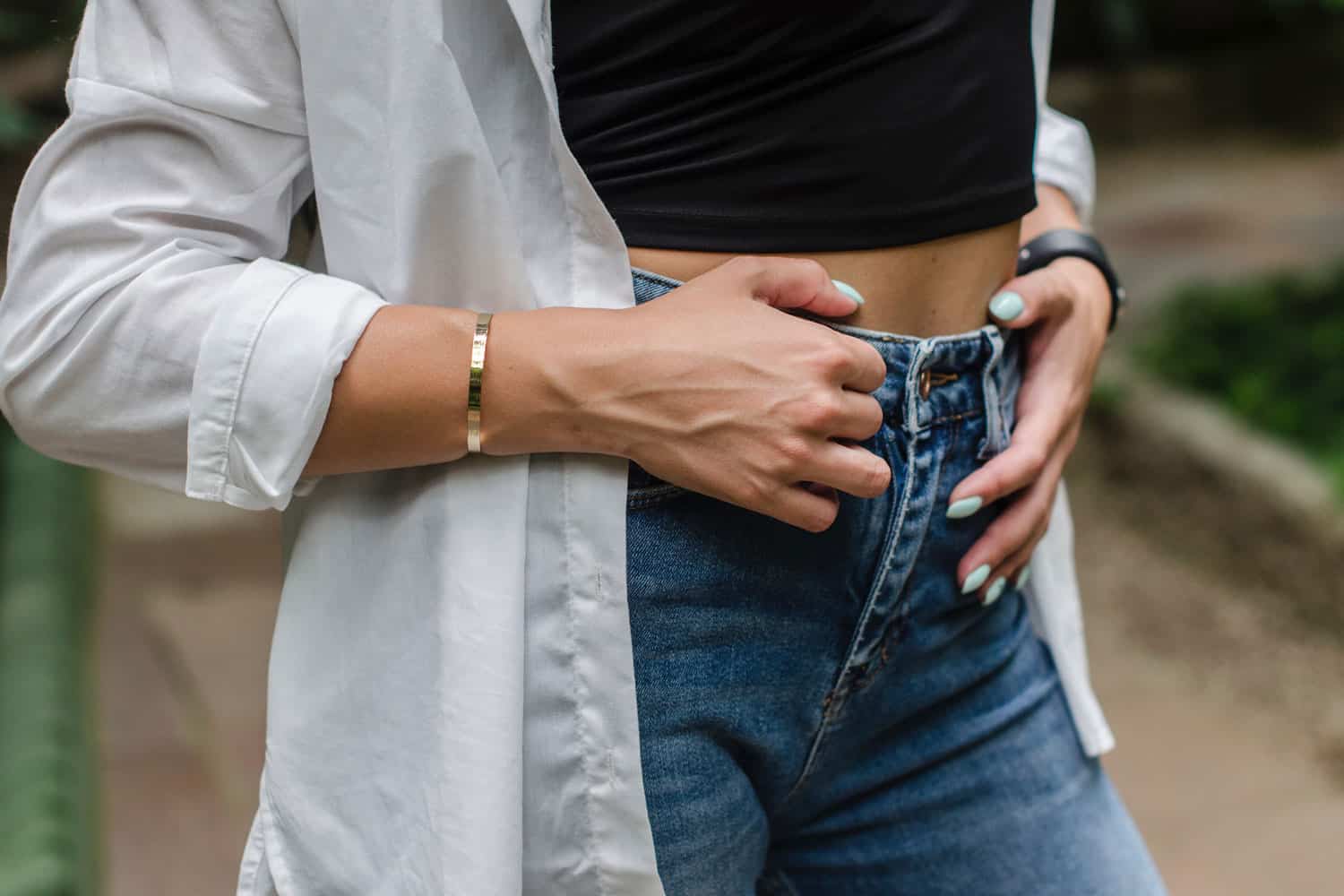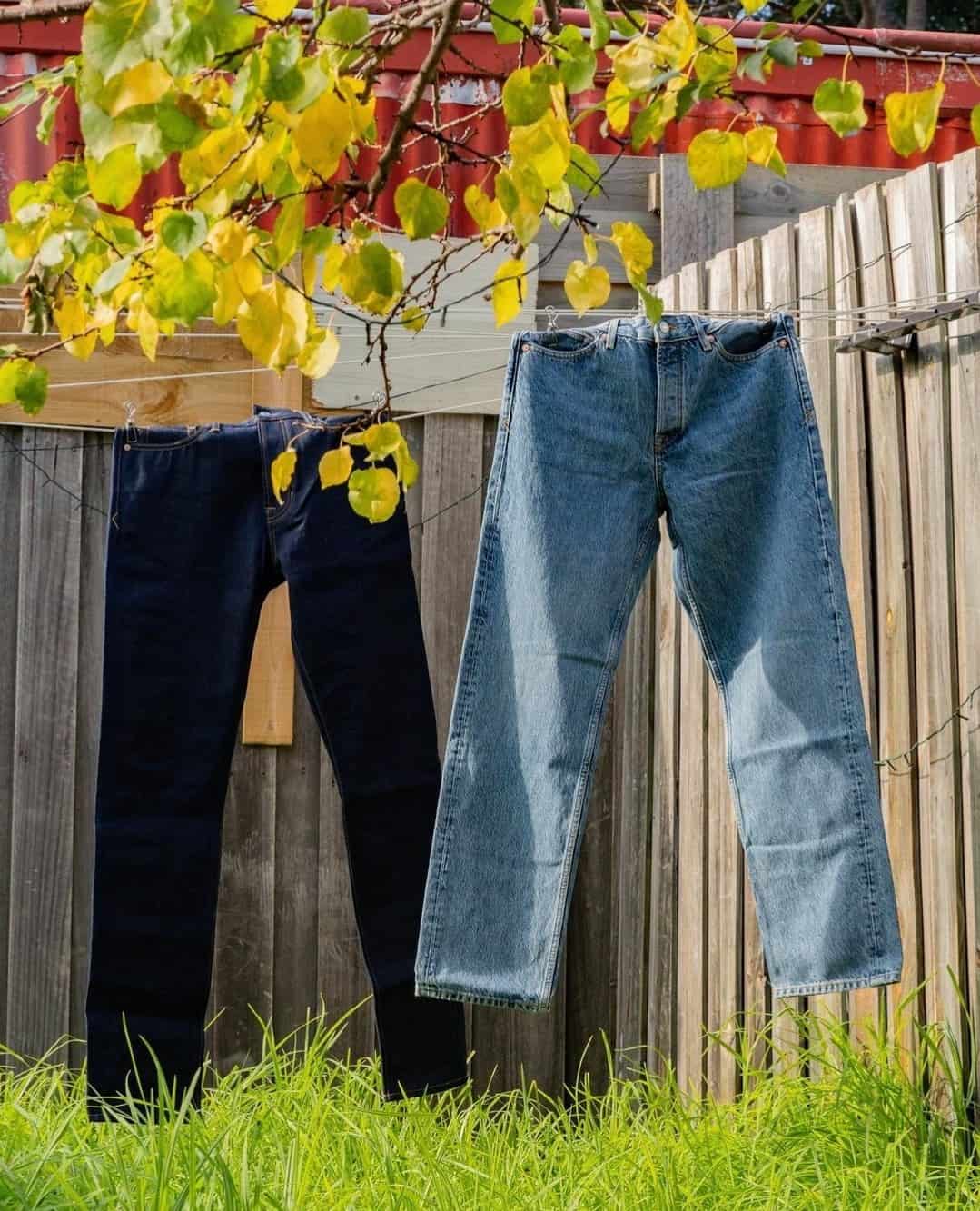
Ripped jeans have been a staple of fashion for decades, and their popularity shows no signs of waning. From the rugged grunge look of the 1990s to the edgy streetwear of today, ripped jeans have always been a way to express personal style and rebellion.
If you’re looking to add a touch of DIY flair to your wardrobe, then learning how to make ripped jeans is a great place to start. With a few simple tools and some basic techniques, you can easily transform an old pair of jeans into a stylish and unique statement piece.
Gather Your Supplies
Before you get started, you’ll need to gather a few supplies:
- A pair of denim jeans
- Scissors or a sharp knife
- Sandpaper or a pumice stone (optional)
- Tweezers (optional)
- Chalk or fabric marker (optional)
Choose the Placement of Your Rips
Once you have your supplies, it’s time to start planning the placement of your rips. Popular locations for rips include the knees, ankles, and thighs. Consider your personal style and the desired level of distress when choosing the placement of your rips. If you’re not sure where to start, you can always mark the desired locations with chalk or fabric marker before you start cutting.
Create Small Holes
With your marks in place, it’s time to start creating the rips. Use scissors or a sharp knife to make small incisions at the marked locations. Start with small holes and gradually enlarge them as desired. Avoid cutting too close to the seams of the jeans, as this could weaken the fabric.
Enlarge the Rips
Once you have a few small holes, use scissors or a sharp knife to carefully enlarge them into the desired shapes. Experiment with different shapes and sizes to create a unique look. Consider creating frayed edges by pulling on the loose threads with tweezers.
Distress the Jeans
For a more distressed look, use sandpaper or a pumice stone to rub over the areas around the rips. This will create a worn-out and distressed look. Sand different areas with varying pressure to create different levels of distress.
Add Finishing Touches
Once you’re satisfied with the overall look of your ripped jeans, it’s time to add a few finishing touches. Trim any loose threads with scissors. If desired, use a needle and thread to secure any frayed edges. Wash the jeans to set the distressing and remove any chalk marks.
Style Your Ripped Jeans
Now that your ripped jeans are complete, it’s time to style them! Ripped jeans can be dressed up or down, so feel free to experiment with different looks. Pair your ripped jeans with a variety of tops and shoes. For a casual look, try a simple T-shirt and sneakers. For a more dressed-up look, try a blouse and heels.
Safety Precautions
When working with sharp tools, it’s important to take some safety precautions. Use caution when handling scissors or knives. Work in a well-lit area. Wear safety glasses if necessary.
Tips for Ripping Different Types of Jeans
The techniques for ripping jeans can vary depending on the type of jeans you’re working with. Here are a few tips for ripping different types of jeans:
- Ripping skinny jeans: Focus on smaller rips and distressed areas. Avoid creating large rips, as this can make the jeans look too bulky.
- Ripping boyfriend jeans: Create larger rips and more distressed areas. Boyfriend jeans can handle more distressing than skinny jeans, so feel free to experiment with different looks.
- Ripping distressed jeans: Add more rips and distress to an already distressed pair. This is a great way to create a unique and personalized look.
Conclusion
With a little creativity and some basic DIY skills, you can easily create your own stylish and unique ripped jeans. So what are you waiting for? Get started today and add a touch of edge to your wardrobe!
Contents
Taking Inspiration from Others
While experimenting with your own style is key, there’s no shame in seeking inspiration from others. Here are some ways to find inspiration for your ripped jeans:
- Fashion Magazines and Websites: Browse through fashion magazines and websites to see how celebrities and fashion influencers are styling ripped jeans. Pay attention to the placement of the rips, the level of distress, and the overall outfit pairings.
- Social Media: Look through fashion hashtags on platforms like Instagram and Pinterest. You’ll find a vast array of ripped jean styles, from subtle distressing to major rips.
- Street Style: Take note of how people around you are wearing ripped jeans. This can be a great way to see how ripped jeans can be incorporated into everyday styles.
- Vintage Stores: Vintage stores often have a selection of pre-ripped jeans. These can be a great source of inspiration for creating your own ripped jeans.

Maintaining Your Ripped Jeans
Once you’ve created your perfect pair of ripped jeans, you’ll want to take care of them to ensure they last. Here are a few tips:
- Wash them inside out: This will help to minimize fraying and prevent the rips from getting bigger.
- Spot clean when possible: Frequent washing can weaken the fabric and cause the rips to get larger.
- Repair small tears promptly: If you notice a small tear starting to develop, address it immediately with a needle and thread to prevent it from becoming a larger rip.
- Iron them carefully: Avoid ironing directly over the ripped areas, as this can flatten the frayed edges and make the rips look less natural.
Troubleshooting Common Ripping Issues
Even the most careful DIYer can encounter some issues when ripping jeans. Here’s how to troubleshoot some common problems:
- Rips getting too big: If your rips are getting bigger than you intended, stop cutting immediately. You can try to salvage the look by fraying the edges more or adding patches to cover up some of the ripped area.
- Uneven Rips: Don’t worry if your rips aren’t perfectly symmetrical. Ripped jeans are supposed to have a natural, worn-in look.
- Fraying too much: If the edges of your rips are fraying too much, use a fabric stabilizer to help prevent further fraying.

Beyond Denim: Ripping Other Fabrics
While denim is the classic material for ripped clothing, you can also apply these techniques to other fabrics. Here are a few things to keep in mind:
- Lighter fabrics: For lighter fabrics like cotton or linen, be extra cautious when ripping, as they are more prone to tearing. Start with smaller cuts and fray the edges more to create a distressed look.
- Woven vs. knit fabrics: Ripping techniques may differ slightly depending on whether the fabric is woven (like denim) or knit (like sweaters). Woven fabrics will hold their shape better when ripped, while knit fabrics may unravel easily.